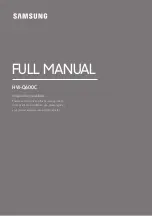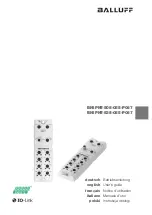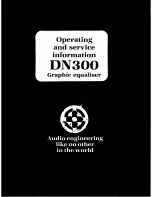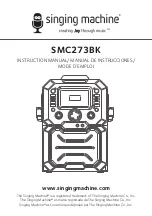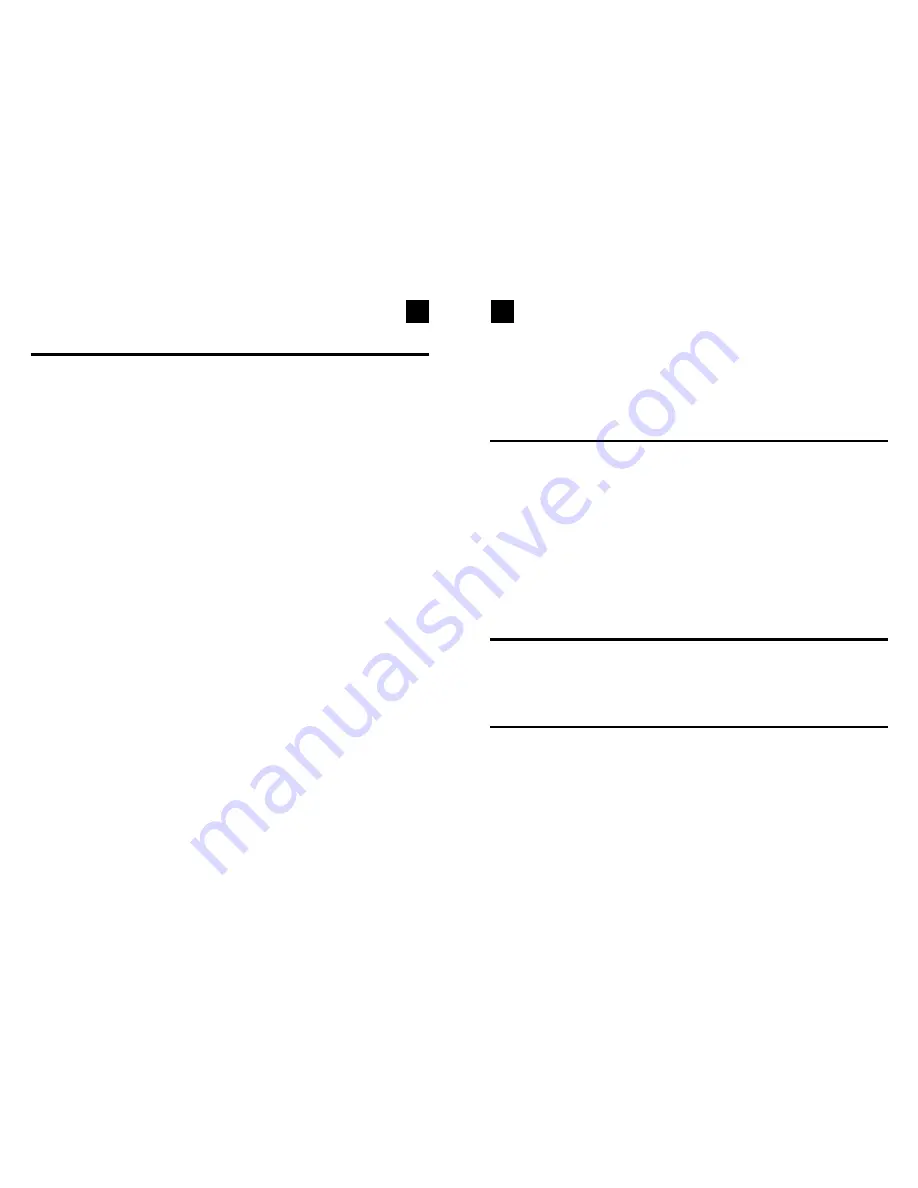
English
English
CONNECTING TO POWER
Before switching on make sure that the voltage of your electricity supply is the same as
that indicated on the rating plate.
For your own safety read the following instructions carefully before attempting to connect
this unit to the mains.
MAINS (AC) OPERATION
This unit is designed to operate on AC 120V ~ 60Hz current only. Connecting it to other
power sources may damage the unit.
CAUTION
To prevent electric shock disconnect from the mains before removing cover. No user
serviceable parts inside. Refer servicing to qualified service personnel.
POWER SUPPLY
Remove the stereo carefully from the box, retaining the packaging for future use.
AC POWER OPERATION
Connect the plug to a mains power inlet 120V AC ~ 60 Hz.
CONNECTIONS
SPEAKER CONNECTION
Connect each speaker to the corresponding speaker terminals on the back of the system.
Ensure that the left speaker is connected to the left connector, and the right speaker to the
right connector.
HEADPHONE
This unit will accept stereo headphones (not included) with a 3.5mm plug and an impedance
of 8 ohms or greater.
The speakers are automatically disconnected when headphones are connected to the
PHONES JACKS .
LOCATION OF CONTROLS
1. Mains Lead , Speaker Sockets and FM Antenna wire ( at the rear of the unit )
2. CD Tray
3. RECORD Key
4. PLAY Key
5. REWIND Key
6. FAST FORWARD Key
7. STOP / EJECT Key
8. PAUSE Key
9. CASSETTE Compartment A
10. RADIO Band wave selector
11. FUNCTION Selector (Phono/Tuner/Tape/CD)
12. PHONES Socket
13. HIGH SPEED DUBBING/ FM Stereo Selector
14. PRESET EQUALIZER Button
15. CD REPEAT Button
16. STANDBY Button
17. STANDBY Indicator
18. DIAL Pointer
19. LCD Display
20. EQ Indicators
21. REMOTE Sensor
22. Mute Indicator
23. STEREO Indicator
24.
Turntable (PHONO)
25. CD Skip/Search Forward Button
CD Skip/Search Backward Button
26. TUNING Knob
27. PROGRAM Button
28. BALANCE (L/R) button
29. CD STOP Button
30. VOLUME Up/Down Button
31. CD PLAY/PAUSE Button
32. CASSETTE Compartment B
33. PLAY Key
34. REWIND Key
35. FAST FORWARD Key
3
4
36. STOP / EJECT Key
37. PAUSE Key
38. CD OPEN / CLOSE Button
39. CD DIRECT Access - 1, 2, 3










